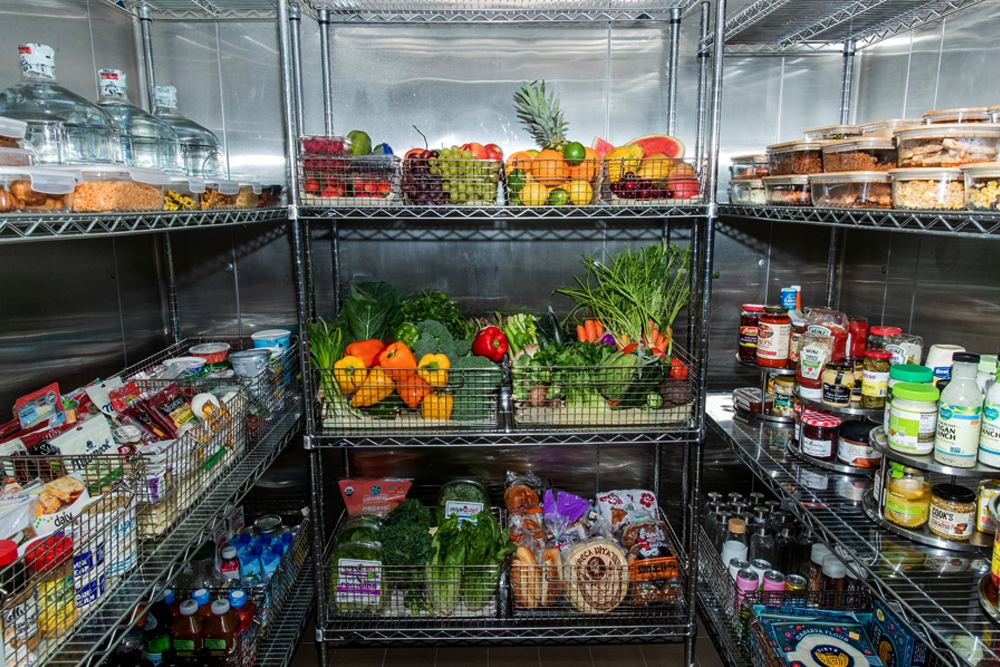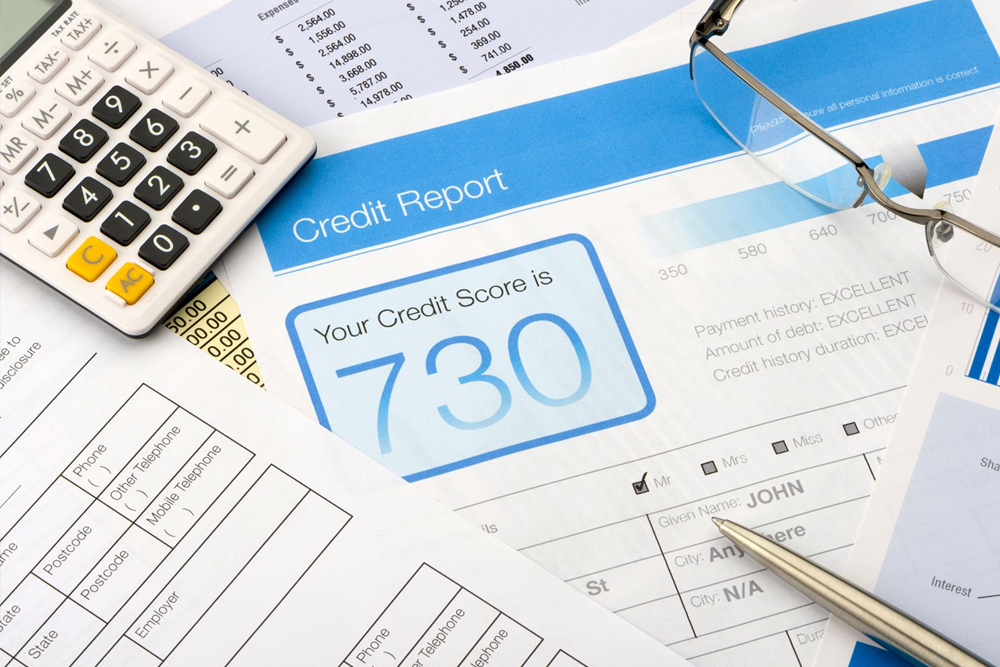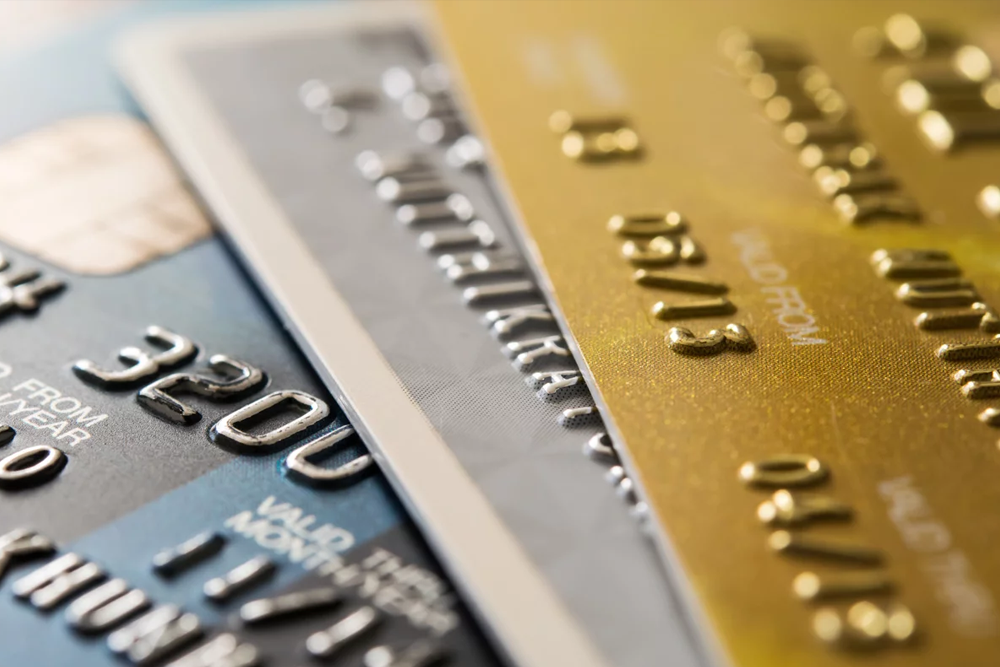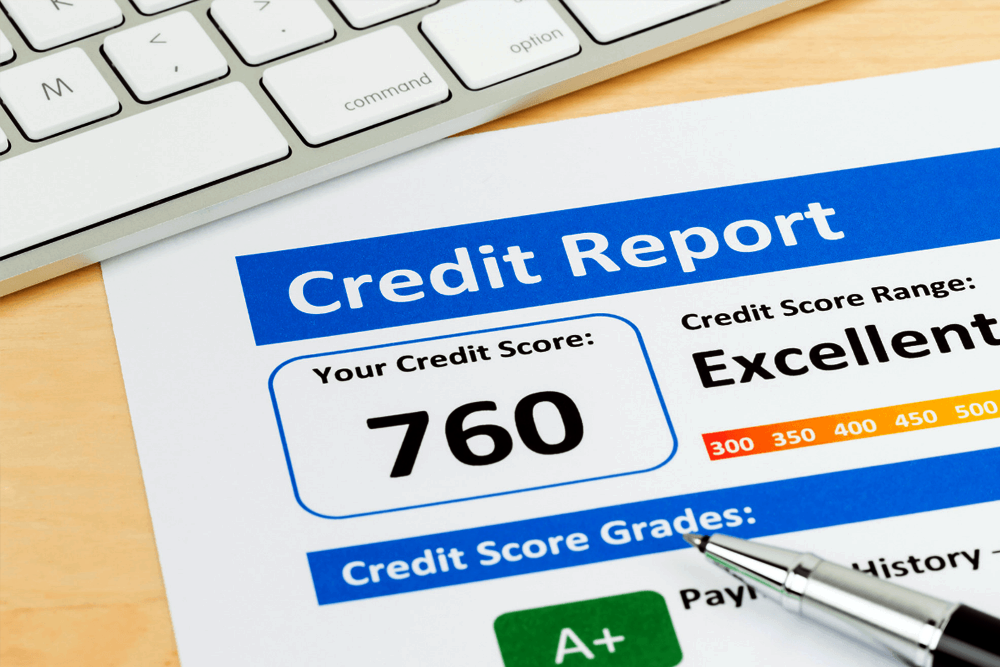 Be Better With Your Money With Help From These 4 Smart Budgeting Tips
Be Better With Your Money With Help From These 4 Smart Budgeting Tips
Every great financial plan begins with a sound budget. If you are trying to pay off a debt, save for a dream vacation, or pay off bills, a budget is your first step toward making your financial objectives a reality. Follow these steps for developing a realistic budget that gets you where you want to go.
Step 1: Account for how much you make and spend
Before you can create a budget that works, you have to know what you are working with. We like to focus on the monthly budget since most bills are due once a month.
Check the patterns of your income and spending habits, export your statements to a spreadsheet, or use highlighters on printed reports. Sign up to your bank account online and grab your last couple of months worth of bank statements. While you are at it, get your credit card statements.
Figuring your monthly income made easy
First, write down your monthly income. This is the money you earn minus deductions for Medicare, taxes, health insurance contributions, social security, and allocations to retirement accounts to retirement accounts such as your Roth IRA or 401(k).
This is simple if you have a salaried full-time job. If you work hourly or you are paid by commission or have some other form of irregular income such as freelancing, use an average of the last six months to get a rough idea. Self-employed budgets can benefit by taking a step back each quarter to examine their income. Remember to add extra money that comes in from side hustles, recurring bonuses, and stipends.
How to calculate your monthly expenses?
Start with your recurring monthly stuff, which incorporates:
- Debt payments
- Utilities
- Cell phone bill internet, monthly subscription such as Netflix and Spotify and cable TV
- Car insurance
- Car payment
- Your mortgage and rent
Also include non-monthly recurring expenses such as:
- Annual subscription renewals
- Professional association dues
- HOA fees
- Credit card fees
- Vehicle registration fees
Add these non-monthly but regular expenses into your monthly budget, add up the total cost for a year and then divide that amount by twelve to find out how much they cost monthly. This is following Bridget Todd, COO of the financial gym.
You can open a separate bank account for your annual expenses, then when the bills come, you will not have to adjust your spending. It is the same as saving Christmas shopping all throughout the year.
After that, add up your discretionary expenses. Analyze your spending habits. How much are you spending on eating, shopping, and drinks with friends? Put these things in categories; it will help you get a full picture. For instance, concerts, movies, and museum visits can all go under entertainment. Activities such as Yoga, gym membership, and the drop-in-rate can all go under fitness.
Step 2: Set your financial goals
If you are hoping to succeed at your budgeting, you need to have an idea of what you are hoping to achieve.
It can be a simple short-term savings financial goal, such as funding a vacation or a long-term one such as budgeting for kids’ college funds without a student loan. Set a goal and ensure it is a motivating one. Now put your priorities in order literally. Note them down in order from most to least important to get an idea of where you want your money to go.
To determine realistic debt payoff and savings goals, you must decide if you have a budget overage or shortfall. Do this by deducting your monthly expenses from your income. If you learn you are making more money than you are spending, that is a good thing. This money can be earmarked for savings and pay off debt.
However, if you determine you are spending more than you are making, it is time to cut some expenses and have more money for debt and saving. The best way to identify where you can lower your expenses is to track your spending, as discussed in the section above. Cut insignificant seemingly items like a cup of coffee, adding up over time.
After you have a clear picture of where all the money goes, be ruthless in reducing expenses until the budget is in the black. Cut enough spending so that you have ten percent to twenty percent of your monthly income to add your savings account. If you can not cut a sufficient amount from your budget, consider ways to increase your revenue.
Step 3: Identify your favorite budgeting method
After you have a complete picture of your finances, it is time to choose the budgeting method that works best for you. The one selection will depend on how much time and energy you have to devote to it.
If you are comfortable creating an old-fashioned budget worksheet in Excel, you can do that. Here are a few budgeting methods.
Barebones budget
The simplest way to budget is to grab a pen and paper and note down the amount of money you make and how much you need to spend on the essentials such as utilities, house, groceries, and debt repayment. You save the rest. When you create a budget, keep it on a sheet of paper somewhere visible to you. This will remind you to rein in your spending. When you create a budget, keep it on a sheet of paper somewhere visible to you. This will remind you to rein in your spending.
Zero-Based Budget
A zero-based budget takes the bare budget one step further. The aim here is to get to zero at the end of each money. It assists you in accounting for each dollar on the way. Note down how much you make, and divide it to cover all your bills, discretionary spending and savings till you hit $0 at the end of the month.
Even though this plan encourages you to get down to nothing, the idea is not to spend without regard; it is to ensure each dollar goes precisely where you intend for it to go monthly.
50/20/30 Budget
This method removes the guesswork of deciding which expenses should stay in your budget and which one needs to go.
Fifty-percent of your money goes to essential expenses such as utilities, housing, and car payment. From there, twenty percent will go to financial goals, such as savings and investments. The final thirty-percent is yours to spend on the fun stuff such as movies, restaurants, and drinks with friends.
Cash envelope budget
The cash envelope system is ideal for those who have problems overspending on variable expenses such as entertainment or groceries. Evaluate your monthly income and standard expenses to find out how much you spend in each category.
Then take out your envelopes, label them per spending categories, and fill them up with their cash allocations. You do not need to use envelopes for fixed costs such as car and rent insurance. When you have spent all the money in an envelope, you can no longer spend money in that section for the rest of the month.
Step 4: Automate your budget and use budgeting apps
Automating the budgeting process assists you to focus on your priorities by sending the money you need to go before you have the opportunity to blow it on an impulse purchase.
When it comes to income, that can mean setting up the automate deposit for your paycheck to be divided between your savings and checking accounts.
If you find it challenging remembering which bill is due when, or those dates just don’t struggle with your cash flow situation, you can call a lender or company and ask them to adjust the date. Also, in your expense column, you can set up autopay for recurring regular expenses such as your car payment or mortgage, assisting you to avoid those dreaded late charges.
Also, use budgeting apps. Here are the top three apps in the market:
- Mint: This app is available on Android and iPhone devices, and even on Mint.com. You are able to connect your credit cards and bank account; after that, set a dollar amount for how much money you intend to spend in each section. Mint will automatically analyze your expenses and notify you when you get close to your budget limit or overspend. It is easy to use and can save you lots of time.
- EveryDollar: If your favorite saving method is zero-based budget, EveryDollar is the free app for you. It is also excellent for side hustlers whose income is prone to fluctuating from month to month. As you track your spending manually with the application, use it to ensure each dollar you make is accounted for.
- Prism: This is not technically a budgeting tool; however, it is still worth mentioning. It is a free app that puts all your bills in one place, so you always know the amount of money you have and how much you owe. You can connect everything from car insurance to rent to student loan payments and your Tidal music streaming account, and you can also pay your bills right from the app.
Typically, you aim to stick to your budget most of the time, and you are bound to reach your financial goals. Breaking your budget occasionally is okay, but ensure you get on track soon.

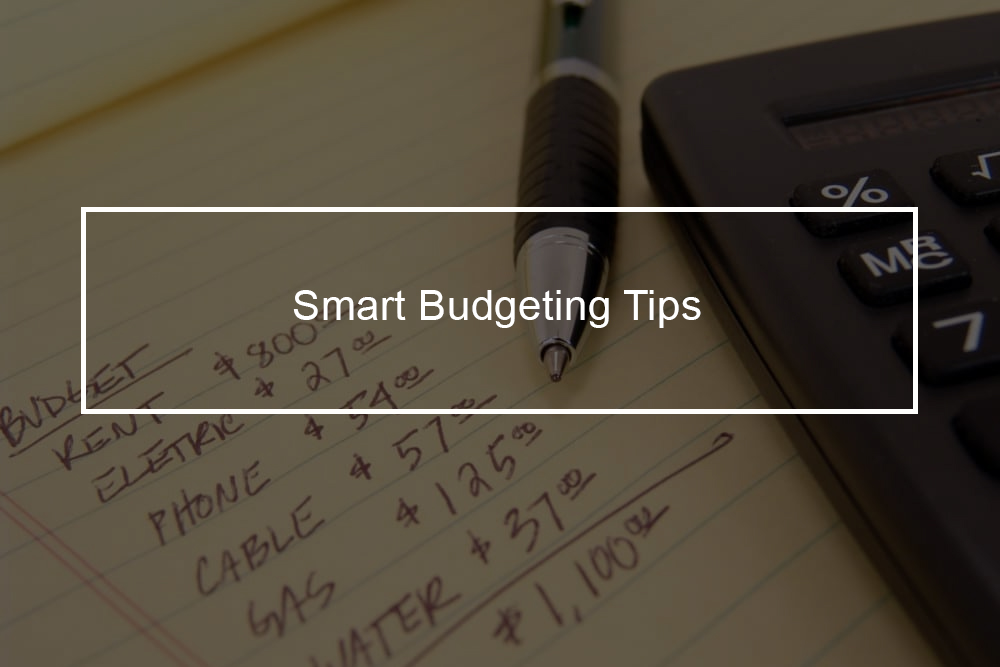 Be Better With Your Money With Help From These 4 Smart Budgeting Tips
Be Better With Your Money With Help From These 4 Smart Budgeting Tips

